In Vietnam, Robusta coffee accounts for over 90% of coffee production, but has long been labeled as “common” coffee: bitter and harsh, lacking refinement, only used for Vietnamese phin coffee brewing or as blending material. Meanwhile, Arabica specialty coffee has been considered “premium” in the eyes of coffee connoisseurs worldwide.
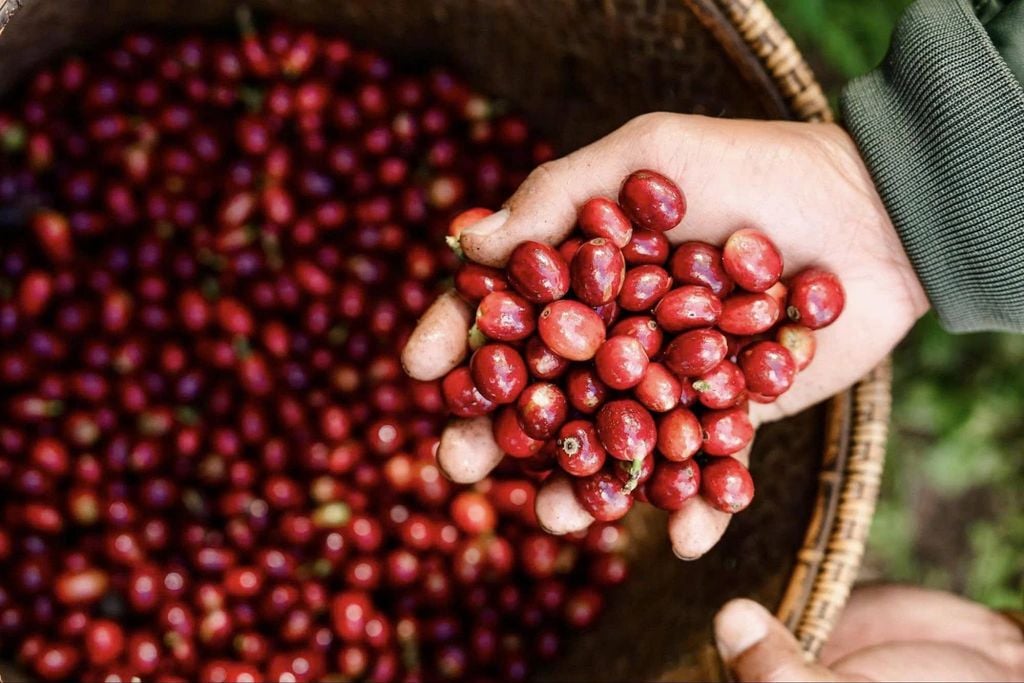
However, in recent years, the concept of Fine Robusta has created an important turning point in the global coffee industry. It has not only changed how the world views Robusta coffee beans, but also opened unprecedented opportunities to elevate the value of coffee beans that are Vietnam’s production strength. With Vietnam’s coffee exports reaching a record high of $5.62 billion in 2024, an increase of 12% from the previous year, and Vietnam producing 26.3 million 60-kilogram bags of Robusta coffee in the 2022/23 production period, the emergence of Fine Robusta coffee represents a paradigm shift toward premium quality.
What is Fine Robusta coffee?
Fine Robusta is defined as high-quality Robusta coffee that achieves 80 points or above on the Coffee Quality Institute (CQI) sensory scoring scale. This scale was originally applied to Specialty Coffee (Arabica), and has now been expanded to Robusta to recognize exceptional lots. The global specialty coffee market is experiencing unprecedented growth, with the market size estimated at USD 101.6 billion in 2024 and projected to reach USD 183.0 billion by 2030, growing at a CAGR of 10.4%.
To be called Fine Robusta, coffee must:
- Achieve at least 80/100 cupping points
- Have fewer than 5 primary coffee defects per 350g sample – beans must be intact and clean
- Have no serious sensory defects (moldy smell, fermented sourness, burnt bitterness…)
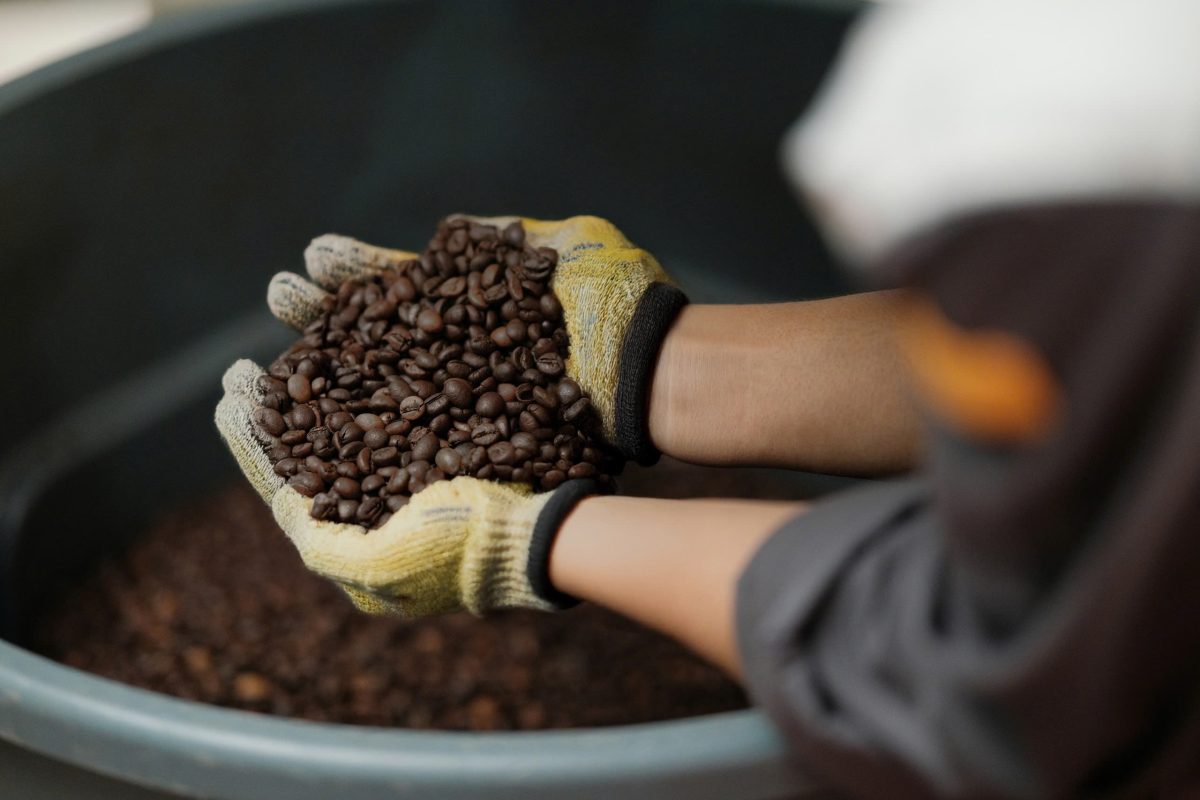
This means: Fine Robusta is no longer “commercial” Robusta coffee, but a premium version capable of competing with specialty Arabica in the high-end coffee segment. This transformation is particularly significant for Vietnamese coffee, which has historically been positioned as a commodity rather than a specialty product.
Characteristics of Fine Robusta Coffee
Compared to regular Robusta coffee known for its harsh bitterness, heavy but rough body, Fine Robusta is a significant leap forward in coffee quality. Thanks to strictly controlled cultivation, processing and roasting, Fine Robusta delivers a refined, clean and surprising flavor profile that challenges traditional perceptions of Vietnamese Robusta.
1. Complex and distinct flavor profile
Fine Robusta is no longer smoky harsh or heavily astringent. Instead, coffee enthusiasts and professional baristas can perceive sophisticated coffee tasting notes including dark cocoa, chocolate, caramel, sugarcane molasses, or even ripe fruits like dried plums, apricots, raisins. These complex coffee flavors are achieved through meticulous coffee processing methods and represent why Fine Robusta is increasingly attracting attention from international specialty coffee professionals and coffee roasters.
2. Full but smooth body
While Arabica coffee tends to be light and clean, Fine Robusta brings a rich, substantial but very smooth texture. This characteristic coffee body is especially ideal for coffee drinks requiring a strong flavor base like Vietnamese iced coffee, latte, or cold brew coffee. The enhanced mouthfeel sets Fine Robusta apart in coffee brewing applications.
3. Sweet and lingering aftertaste
One of the most distinct differences in Fine Robusta: it leaves a natural sweet coffee aftertaste that may remind of honey, brown sugar or caramel. This coffee finish persists long after drinking, rather than ending quickly with harsh bitterness like regular commercial Robusta. This sweetness is achieved through careful coffee cultivation and post-harvest processing.
4. Mild, balanced acidity
Robusta coffee is famous for having minimal acidity, but Fine Robusta can exhibit subtle coffee acidity that helps balance flavor and increase brightness. This acidity level is very moderate, suitable for Asian taste preferences – especially Vietnam, where people prefer rich but pleasant coffee experience. This balance makes Fine Robusta more versatile in specialty coffee applications.
Fine Robusta Production Process
To achieve Fine standard, Robusta coffee must go through a strict chain of coffee processing from coffee farm to final cup, following sustainable coffee practices that align with global specialty coffee standards.
1. Coffee Cultivation and Farming
- Grown in regions with suitable climate and soil conditions (optimal altitude, basalt soil, cool climate)
- Applying sustainable coffee farming methods: limiting chemicals, prioritizing organic fertilizer, cultivating according to Global GAP standards
- Selecting Robusta varieties with high sensory potential and coffee genetics suited for quality production
- Implementing coffee agroforestry systems that enhance environmental sustainability
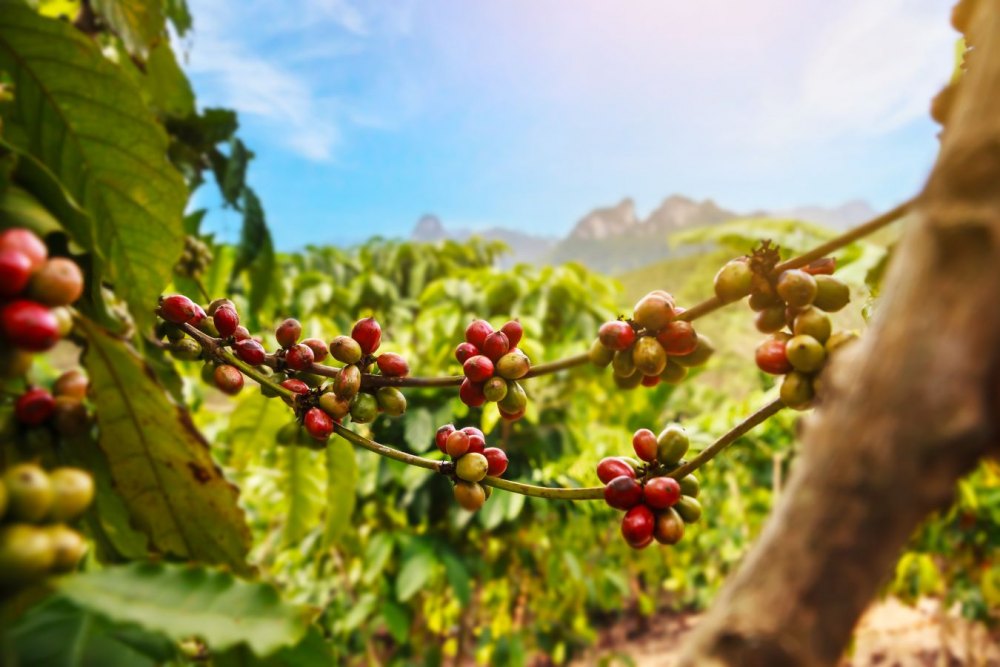
2. Coffee Harvesting
- Only harvesting 100% ripe coffee cherries, usually by hand-picking method
- This selective coffee harvest helps beans achieve natural sweetness and reduce coffee defects
- Timing harvests during peak ripeness to maximize coffee quality
- Training coffee farmers in proper harvesting techniques
3. Coffee Processing Methods
- Applying modern post-harvest processing: washed coffee (wet), honey process, natural process (dry), or controlled coffee fermentation
- Some coffee farms also experiment with innovative fermentation techniques using fruits (pineapple, peach) or sea salt to create novel flavor profiles
- Implementing anaerobic fermentation for enhanced coffee complexity
- Strict quality control during coffee drying phases.
4. Coffee Roasting
- Each Fine Robusta lot has its own roasting profile, carefully adjusted to highlight characteristic flavor notes
- Professional coffee roasters often try multiple temperature points to find the “sweet spot” for each coffee lot
- Light roast to medium-dark roast profiles are optimized for Fine Robusta
- Roast development focuses on preserving origin characteristics
Read now: Classification system of Fine Robusta coffee according to CQI/UCDA
5. Quality Control and Certification
- Coffee samples are sent to Q Robusta Graders (scoring specialists certified by CQI)
- Only samples achieving 80+ cupping points are officially recognized as Fine Robusta
- Coffee cupping follows standardized SCA protocols
- Traceability and coffee certification ensure quality consistency
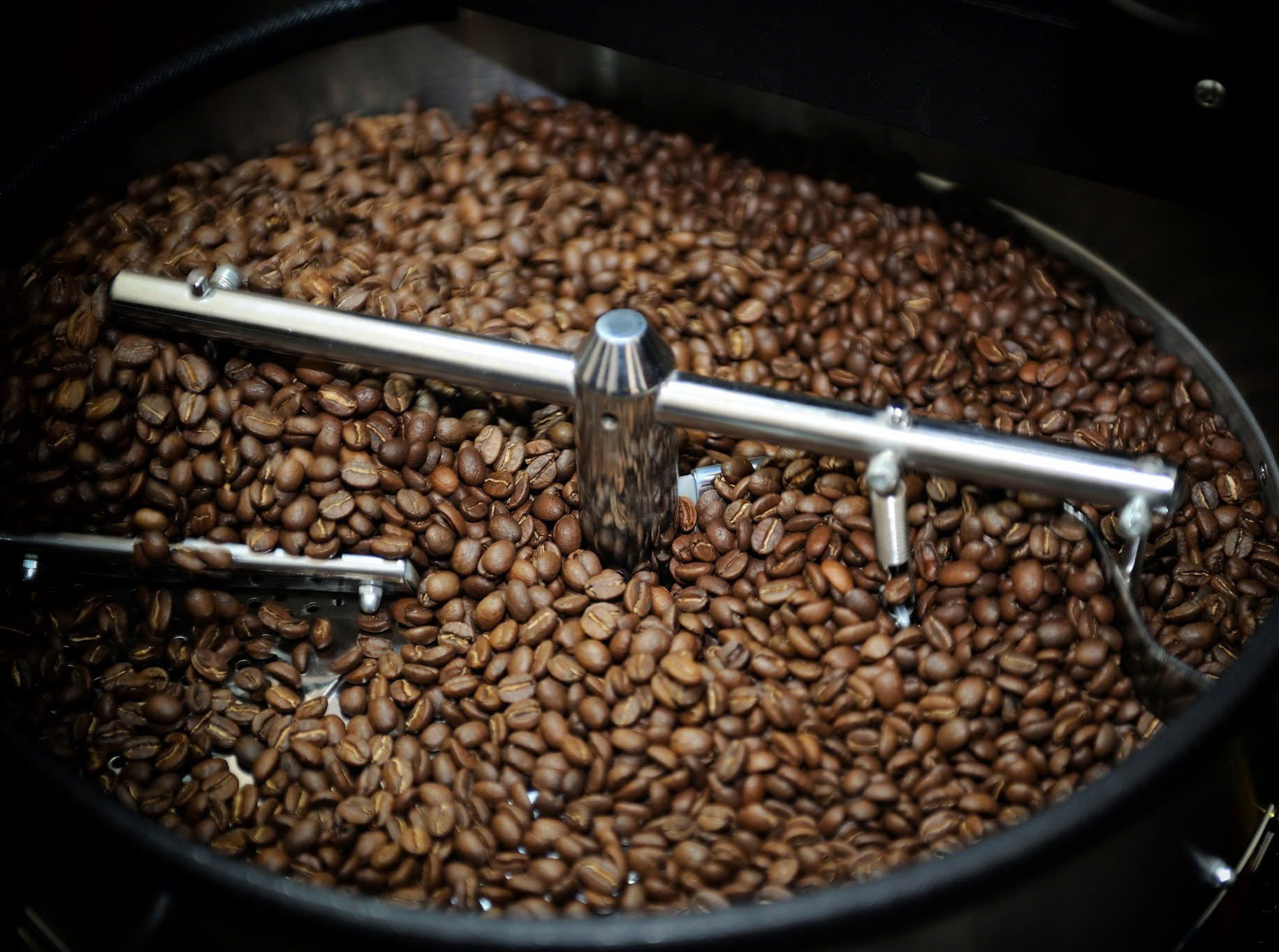
How is Fine Robusta Different from Regular Robusta?
For many years, Robusta coffee has been associated with the image of “common coffee” – cheap, strong, bitter and harsh, mainly used for instant coffee or coffee blending. But when Fine Robusta emerged, almost all definitions of commercial Robusta were rewritten, creating new opportunities in the premium coffee market.
| Criteria | Regular Robusta | Fine Robusta |
|---|---|---|
| Bean quality | Mixed harvest of green-ripe-damaged | Selective 100% ripe cherries, few defects |
| Processing | Traditional sun-drying, little control | Honey, Washed, Natural, controlled fermentation |
| Flavor | Bitter harsh, rough, short aftertaste | Sweet finish, complex, clean, sometimes fruity notes, cocoa, caramel |
| Market position | Cheap, for instant coffee | CQI recognized, can achieve prices comparable to specialty Arabica |
| Cupping score | Below 80 points | 80+ points CQI certified |
| Price premium | Commodity pricing | 200-400% premium over commercial grade |
If regular Robusta is just like an “industrial ingredient” to create richness, then Fine Robusta is a refined coffee experience – where coffee beans are listened to, cared for, and tell a new story about richness that is also full of depth and terroir expression.
Fine Robusta Scoring Standards According to CQI
What makes Fine Robusta completely different from regular Robusta coffee? It is precisely the strict standards of CQI (Coffee Quality Institute), the same organization that certifies specialty Arabica coffee.
To be called Fine Robusta, a coffee lot must pass detailed sensory evaluation. The cupping score is calculated out of 100, and only samples achieving 80 points or above are recognized as specialty grade. Throughout the coffee cupping session, Q Grader Robusta specialists evaluate each aspect: from the aroma rising when hot water is first poured, to sweetness, body, balance, flavor, acidity, and the aftertaste sensation.
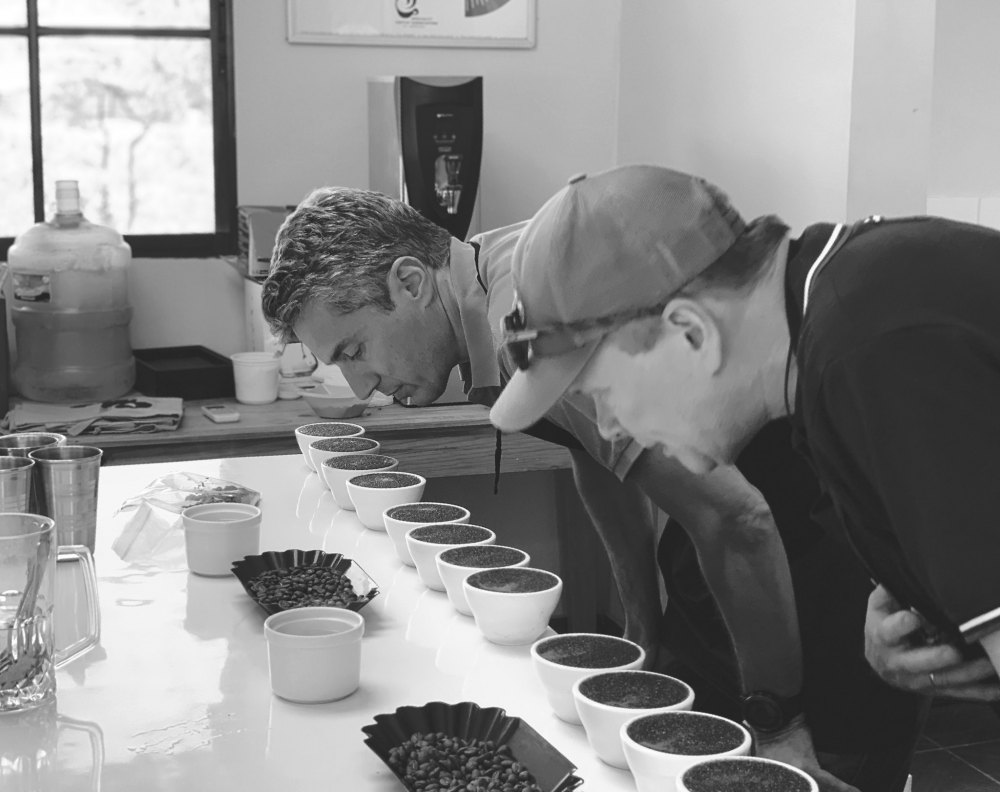
The cupping protocol evaluates:
- Fragrance/Aroma (15 points maximum)
- Flavor (15 points maximum)
- Aftertaste (15 points maximum)
- Salt/Acid (15 points maximum)
- Bitter/Sweet (15 points maximum)
- Mouthfeel (15 points maximum)
- Balance (10 points maximum)
- Overall (10 points maximum)
Not stopping at flavor assessment, Fine Robusta must also be clean and have minimal defects. A 350g green coffee sample must not have more than 5 primary defects. One moldy bean, one over-fermented bean, or excessive bitterness is enough to disqualify a lot. This strictness transforms Fine Robusta from a vague concept into a globally recognized quality standard.
In other words, CQI has opened a “door to the specialty coffee stage” for Robusta. And only those coffee lots that are truly worthy, meeting standards in both physical and sensory quality, can step through that door into the premium coffee market.
Fine Robusta Applications in Practical Brewing
No matter how highly rated a coffee bean is, if it cannot create a delicious cup of coffee, its value becomes meaningless. Fortunately, Fine Robusta is exceptional: it maintains the characteristic strength of Robusta while possessing the refinement and long sweet aftertaste of premium coffee. Therefore, Fine Robusta is gradually occupying its own position in modern specialty coffee shops and coffee brewing applications.
Vietnamese Phin Coffee
With Vietnamese phin coffee, Fine Robusta is almost the perfect choice for this traditional brewing method. A medium-dark roast batch, slowly brewed through a traditional aluminum phin filter, maintains the rich “soul” of Vietnamese coffee culture, but eliminates the burnt, harsh sensation commonly found in commercial Robusta. Instead, there is a sweet aftertaste and smoothness, making it accessible even for those unaccustomed to strong coffee.
Espresso Brewing
In espresso preparation, Fine Robusta demonstrates its true potential in specialty coffee applications. Using 100% Fine Robusta, you achieve an espresso shot with thick, persistent crema, strong and decisive flavor profile. For a more Italian approach, a 70% Fine Robusta – 30% Arabica ratio creates perfect balance: full body, distinct chocolate notes, while maintaining refreshing acidity. This espresso blend formula is increasingly adopted by specialty coffee shops in Vietnam to create unique signatures.
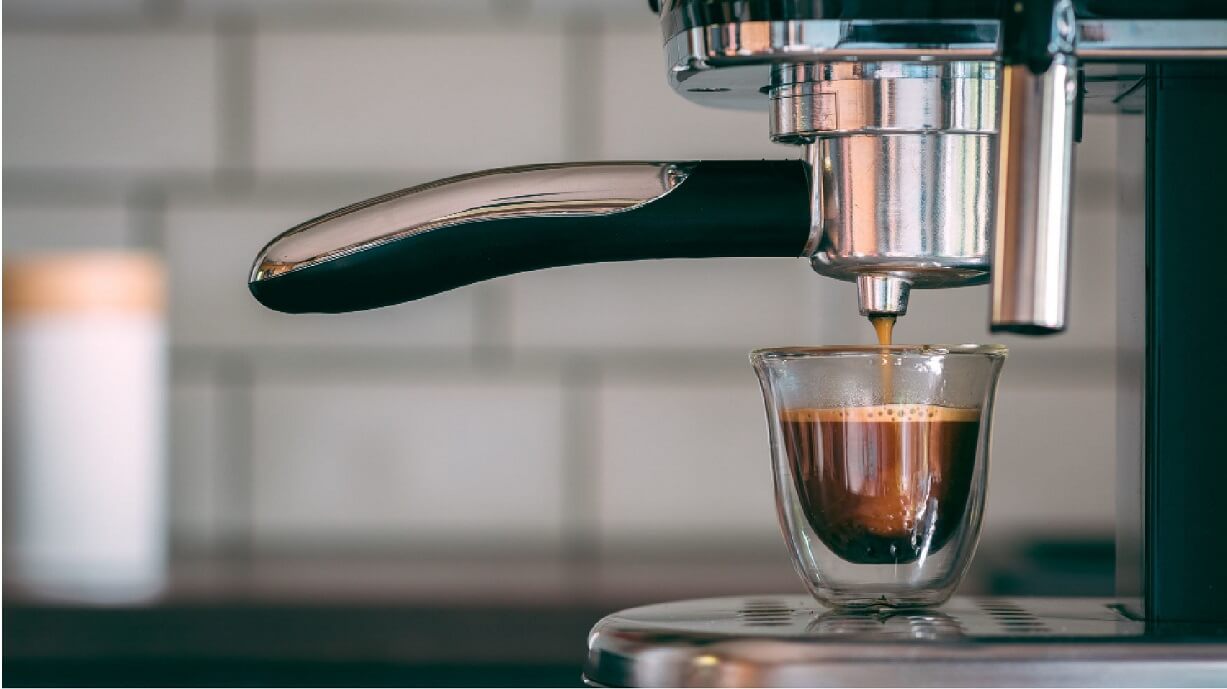
Cold Brew Coffee
With cold brew, medium roast Fine Robusta becomes an exceptional discovery in coffee extraction. Cold-steeped for 12-24 hours, this brewing method produces a smooth extract, reduced bitterness, distinct sweet finish and persistent aroma. Often, Fine Robusta cold brew requires no added sugar or milk, as the coffee beans naturally carry balanced sweetness and complexity.
Signature Coffee Drinks
Fine Robusta opens new possibilities for signature drinks – where coffee combines with fresh orange, sea salt, cacao or coconut milk. Thanks to excellent flavor retention, not being overwhelmed by other ingredients, Fine Robusta becomes an ideal foundation for creating unique coffee beverages. Vietnamese coffee innovations like orange coffee, salted coffee, or coconut latte become more attractive and memorable when supported by Fine Robusta’s sweet finish and solid body.
Fine Robusta in Vietnam – Leading the Global Transformation
If Arabica is associated with Colombia or Ethiopia, then mentioning Robusta, the world immediately thinks of Vietnam coffee. Vietnam is the second-largest coffee exporter for Robusta coffee globally, following Brazil. We are the world’s leading Robusta exporter, but for decades, this title carried little pride as most Vietnamese Robusta served only instant coffee production.
The emergence of Fine Robusta has fundamentally changed this narrative. In Vietnam’s rich red basalt regions like Nam Ban (Lam Dong), Dak Lak, and the windy plateaus of Gia Lai, Kon Tum, progressive coffee farmers are revolutionizing Robusta cultivation. They implement selective cherry picking, advanced processing methods including honey, natural, anaerobic fermentation, and develop specific roasting profiles for each micro-lot.
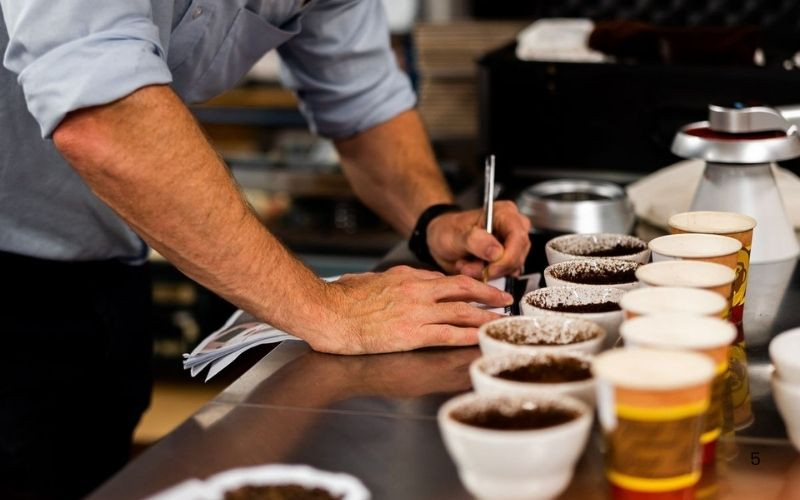
Vietnamese Coffee Industry Transformation
The economic impact is significant. The average import price of coffee from Vietnam increased sharply by 48.1% over the same period in 2023, to 3,674 USD/ton, demonstrating growing recognition of Vietnamese coffee quality. This price premium reflects the market’s acknowledgment of Fine Robusta as premium coffee rather than commodity.
Results materialized rapidly. In 2024, a Fine Robusta lot from Nam Ban achieved 85.42 cupping points by CQI, ranking in the Top 14 best Robusta worldwide. This represents more than statistics – it’s a historical milestone where Vietnamese Robusta gained recognition as specialty coffee, not mere commodity raw material.
Market Adoption and Specialty Coffee Growth
Today, numerous specialty coffee shops in Hanoi, Ho Chi Minh City, Da Nang feature Fine Robusta in their menus as unique offerings. Coffee enthusiasts, accustomed to bright Arabica, discover that Robusta can deliver sweet finishes, cocoa aromas, caramel hints, and fruity notes. Fine Robusta represents new pride: coffee embodying deep Vietnamese heritage while sophisticated enough to compete globally.
The transformation extends beyond individual success stories. Vietnamese coffee is positioning itself within the broader specialty coffee movement, which is growing at a CAGR of 11.8% during the forecast period 2024-2033. This growth creates unprecedented opportunities for Vietnamese Fine Robusta in international markets.
Fine Robusta represents more than coffee innovation – it demonstrates that when farmers transform their methods and prioritize quality over quantity, any coffee variety can achieve excellence. For Vietnam, Fine Robusta serves as the new passport, opening doors for Vietnamese coffee to enter global specialty coffee segments and command premium pricing.
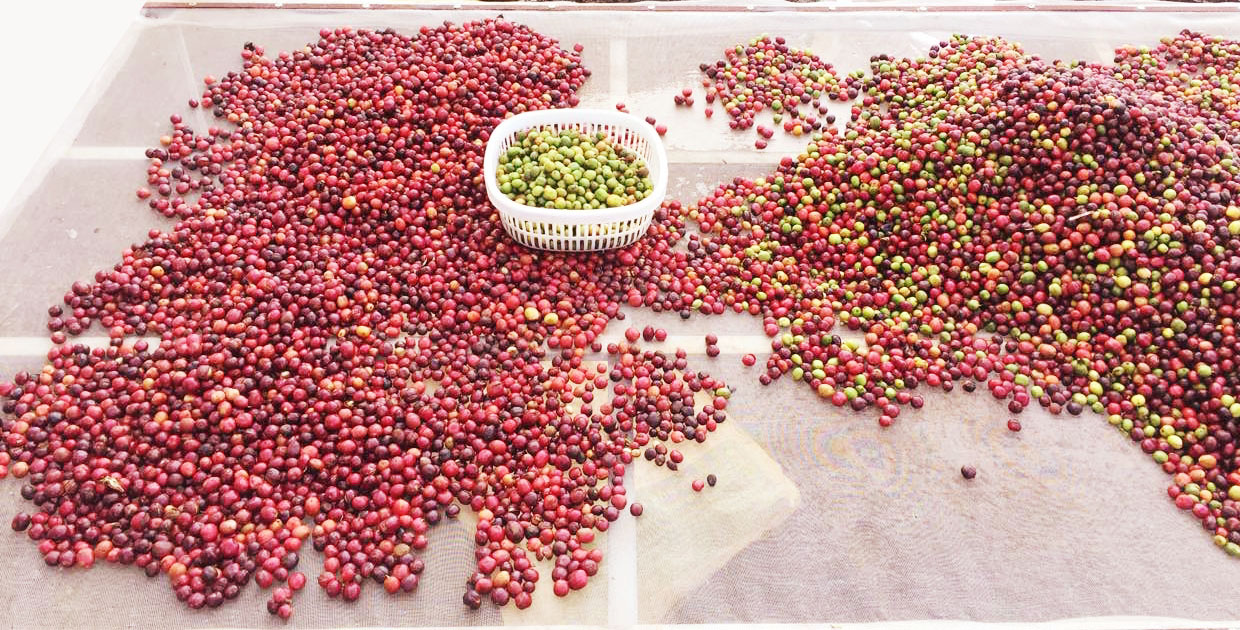
Economic Impact and Market Potential
The Fine Robusta movement has created measurable economic benefits for Vietnamese coffee farmers. Premium pricing for specialty grade Robusta can reach 200-400% above commodity prices, directly improving farmer livelihoods. With coffee generating over US$ 3 billion in revenue as one of Vietnam’s top six agricultural products, the potential for value addition through Fine Robusta represents billions in additional export earnings.
Coffee cooperatives implementing Fine Robusta standards report:
- 150-300% price premiums over commercial grade
- Improved farmer income stability through direct trade relationships
- Enhanced coffee farm sustainability through premium pricing
- Increased international recognition of Vietnamese coffee quality
Where to Buy Vietnamese Fine Robusta Coffee?
Today, finding Robusta coffee for purchase isn’t difficult. However, locating authentic Fine Robusta – Robusta meeting international quality standards – requires more consideration. Not every coffee labeled “high-quality Robusta” achieves ≥80 CQI points, nor does every supplier provide transparent origins and specialized coffee roasting.
Therefore, selecting the right coffee supplier equals the importance of the coffee beans themselves. This explains why many coffee enthusiasts, from professional baristas, cafe owners to individual customers, choose Hello 5 Coffee for their Fine Robusta needs.
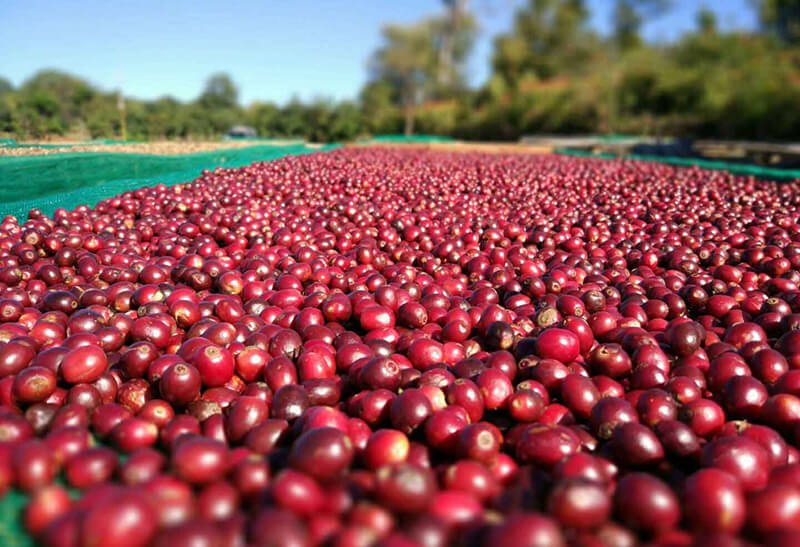
Hello 5 Coffee – Premium Fine Robusta Supplier
At Hello 5 Coffee, Fine Robusta transcends mere product sales – it represents serious coffee research and quality investment. We maintain direct relationships with coffee farmers in Nam Ban – Lam Dong, implementing sustainable farming processes and experimental processing methods (natural, honey, anaerobic, salt fermentation, fruit fermentation) to deliver clean Robusta lots with complete traceability and cupping scores of 82–85+ points.
Customer satisfaction with Fine Robusta at Hello 5 Coffee stems not only from sweet aftertaste and complex flavors, but also from pride: pride in enjoying Vietnamese coffee meeting world-class standards. Whether thick, smooth espresso with dark cocoa and caramel aroma; sweet and creamy latte with honey aftertaste; or pour-over delivering surprising tasting notes like plum or ripe orange.
We believe Fine Robusta represents more than a trend – it’s the future of Vietnamese coffee. Hello 5 Coffee aims to bridge world-class coffee beans with customers who truly value quality, uniqueness and local coffee heritage.
Product Offerings and Specialty Processing
Hello 5 Coffee provides comprehensive Fine Robusta options:
- Single-origin Fine Robusta from specific Vietnamese coffee farms
- Experimental processing: Honey process, Natural fermentation, Anaerobic fermentation
- Innovative flavoring: Salt fermentation, fruit fermentation (peach, pineapple)
- Custom roasting profiles optimized for different brewing methods
- Green coffee beans for professional roasters and coffee shops
- Sample packs for coffee cupping and evaluation
FAQs About Fine Robusta
1. Is Fine Robusta specialty coffee?
Fine Robusta can be understood as “Specialty Coffee of Robusta.” It follows identical scoring scales and sensory criteria from CQI as Arabica specialty. If specialty Arabica achieves 80 points or above, then Robusta follows the same standard – Fine Robusta is precisely Robusta specialty coffee.
2. What distinctive flavors does Fine Robusta have?
Beyond the harsh bitterness of regular Robusta, Fine Robusta delivers complexity: dark cocoa, roasted hazelnuts, caramel, sugarcane molasses, to ripe fruit notes like plum, peach, orange. The sweet and lingering aftertaste represents the signature characteristic of Fine Robusta, achieved through careful cultivation and processing.
3. Why is Fine Robusta important for Vietnam?
Vietnam represents the “Robusta cradle” globally – accounting for over 40% of global production. Elevating Robusta to Fine Robusta transforms Vietnam from a “cheap coffee factory” into a leading specialty Robusta exporting nation, establishing new positioning on the global coffee map and capturing premium market segments.
4. Is Fine Robusta more expensive than Arabica?
Typically, Fine Robusta commands significantly higher prices than commercial Robusta, while remaining more affordable than specialty Arabica. This positions Fine Robusta as a balanced solution: ensuring exceptional customer experience while optimizing costs for coffee businesses. Price points generally range 50-70% of equivalent specialty Arabica.
5. Where can I experience Fine Robusta?
Fine Robusta is available at specialty coffee shops, or through direct contact with Hello 5 Coffee for roasted beans, green beans or sample evaluation. Hello 5 Coffee offers diverse Fine Robusta lines: Natural, Honey, Washed, and unique experimental versions including fruit fermentation (salt, peach, pineapple) and anaerobic processing.
6. How does Fine Robusta compare to other specialty coffees?
Fine Robusta occupies a unique position in specialty coffee: offering bold flavors and full body characteristic of Robusta, while delivering complexity and sweetness associated with specialty grade. This makes it particularly suitable for milk-based drinks, espresso blends, and cold brew applications where robust flavors are desired alongside refined taste profiles.
7. What brewing methods work best with Fine Robusta?
Fine Robusta excels across multiple brewing methods:
- Espresso: Creates excellent crema and bold flavors
- Vietnamese phin: Traditional method highlighting body and sweetness
- Cold brew: Extended extraction emphasizes smoothness and natural sweetness
- Pour-over: Reveals complex flavor notes and bright acidity
- French press: Full immersion enhances body and mouthfeel
The versatility of Fine Robusta across brewing methods demonstrates its potential in modern specialty coffee applications, supporting Vietnam’s emergence as a leader in premium coffee production and establishing new standards for Robusta quality worldwide.
